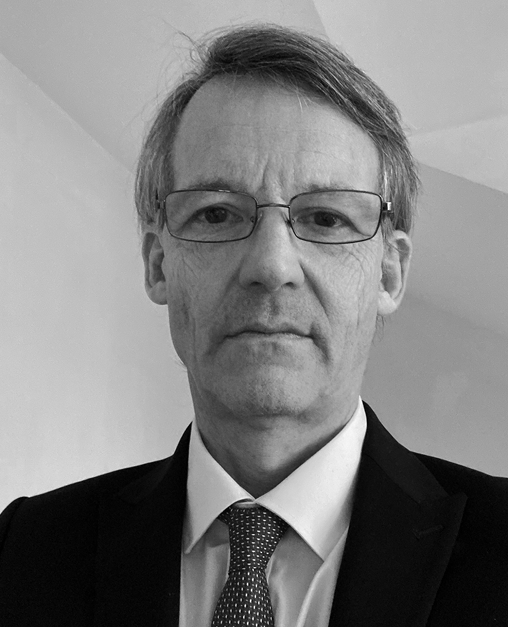Enriching Society through DiscoveryIntroduction to the Hitachi Cambridge Laboratory
Charles G. Smith, Ph.D. Laboratory Manager, Hitachi Cambridge Laboratory
Laboratory Manager, Hitachi Cambridge Laboratory
 Cavendish Laboratory at the University of Cambridge, where Hitachi Cambridge Laboratory is Based
Cavendish Laboratory at the University of Cambridge, where Hitachi Cambridge Laboratory is Based
I have always been attracted by the excitement of new discovery. It increases our understanding of the almost infinite possible phenomena that the laws of physics when combined allow.
However, observing and understanding what is possible is only part of the excitement, playing with those discoveries to see if they could be used in a practical way to make people’s lives better is also hugely important to me. Before joining the Hitachi Cambridge Laboratory (HCL) as the manager, I worked as a Professor investigating quantum phenomena in electronic devices in the Cavendish Laboratory at the University of Cambridge. I was part of a team investigating what happens when these devices are made small using advanced lithography, and then measured at cryogenic temperatures where the quantum properties are dominant. This included making quantum dots, trapping single electrons and measuring their movement between dots. These techniques are now routinely used to try and build a quantum computer and Hitachi is at the forefront of an effort to use very large-scale integration (VLSI) technology to build a silicon-based quantum computer from silicon quantum dots. This was a huge attraction for me to joint the dynamic and talented team at the Hitachi Cambridge Laboratory, a small team in the larger Hitachi Europe Ltd. family.
As part of my earlier research, I have patented several ideas and have also been the founder of two spin-out companies from the University. One was Cavendish Kinetics Inc., which developed a complementary metal-oxide semiconductor (CMOS) compatible memory technology. Initially, the company focused on low-voltage non-volatile memory technology, but it became obvious that a far better market was in micro electro mechanical systems (MEMS) based variable capacitors for mobile phone front end applications. After many years the product was successfully developed, and chips were sold into millions of handsets improving signal quality and lowering phone energy use. Finally, in 2019 the company was bought by Qorvo for over USD300 million securing the jobs of a talented team of engineers and allowing the faster growth and technical expertise that a larger company can provide.
HCL is also working combining physics and biology research that has the potential to help solve important problems facing society. Working at HCL, I hope to be able to help and encourage the outstanding team of scientists here to discover new phenomena in the natural world and to harness them to meet Hitachi’s goal of improving the lives of people around the world.



